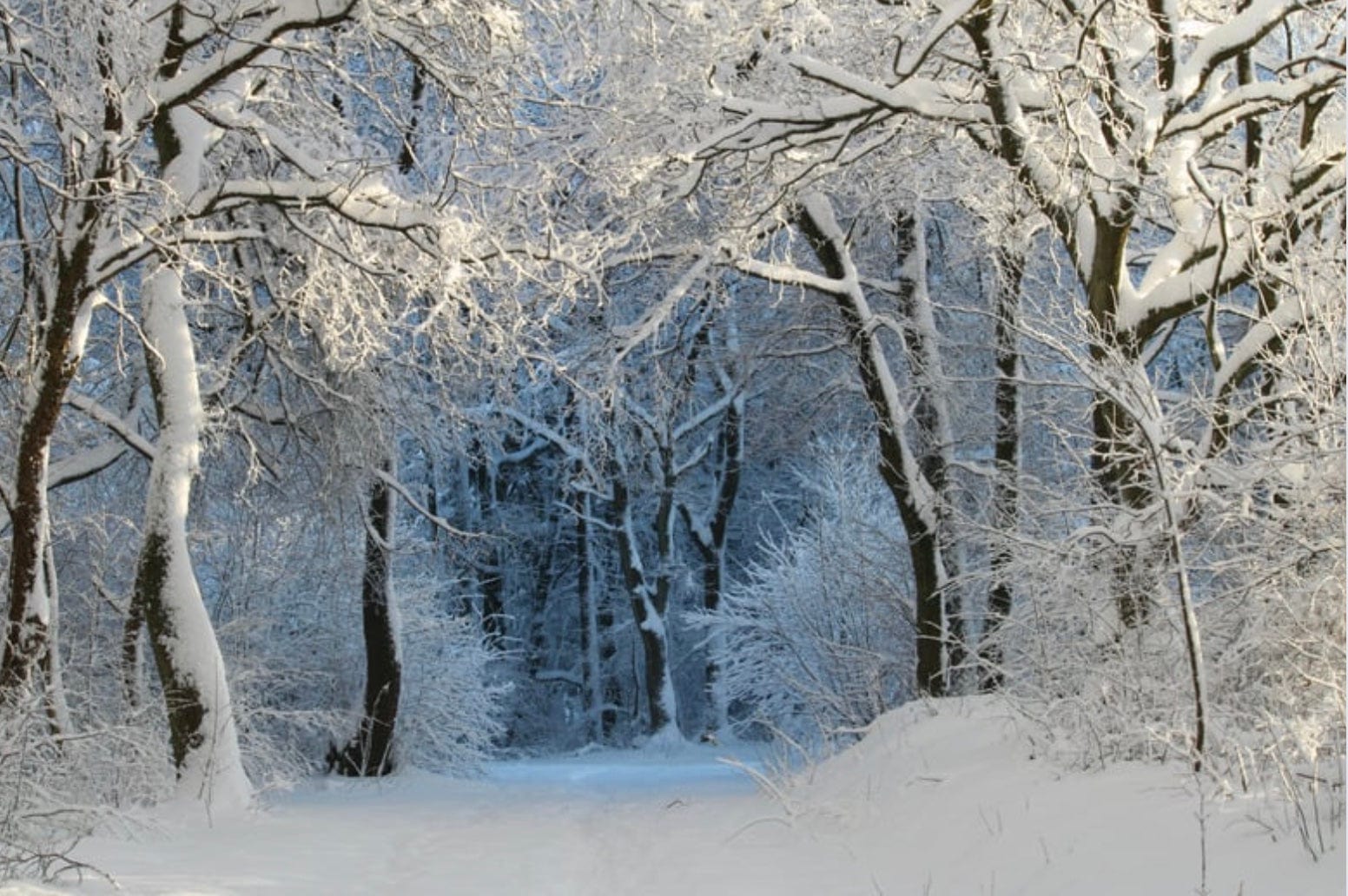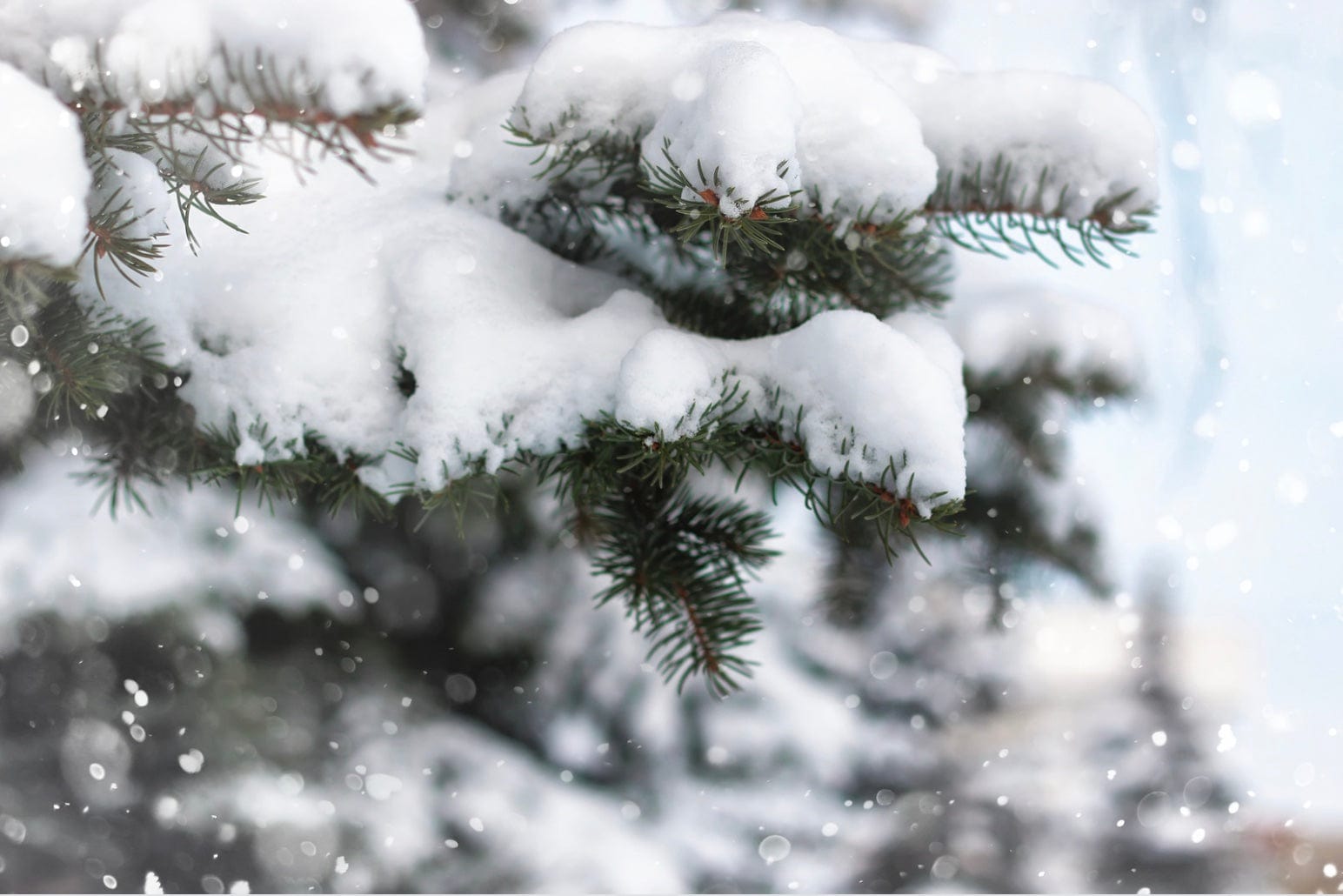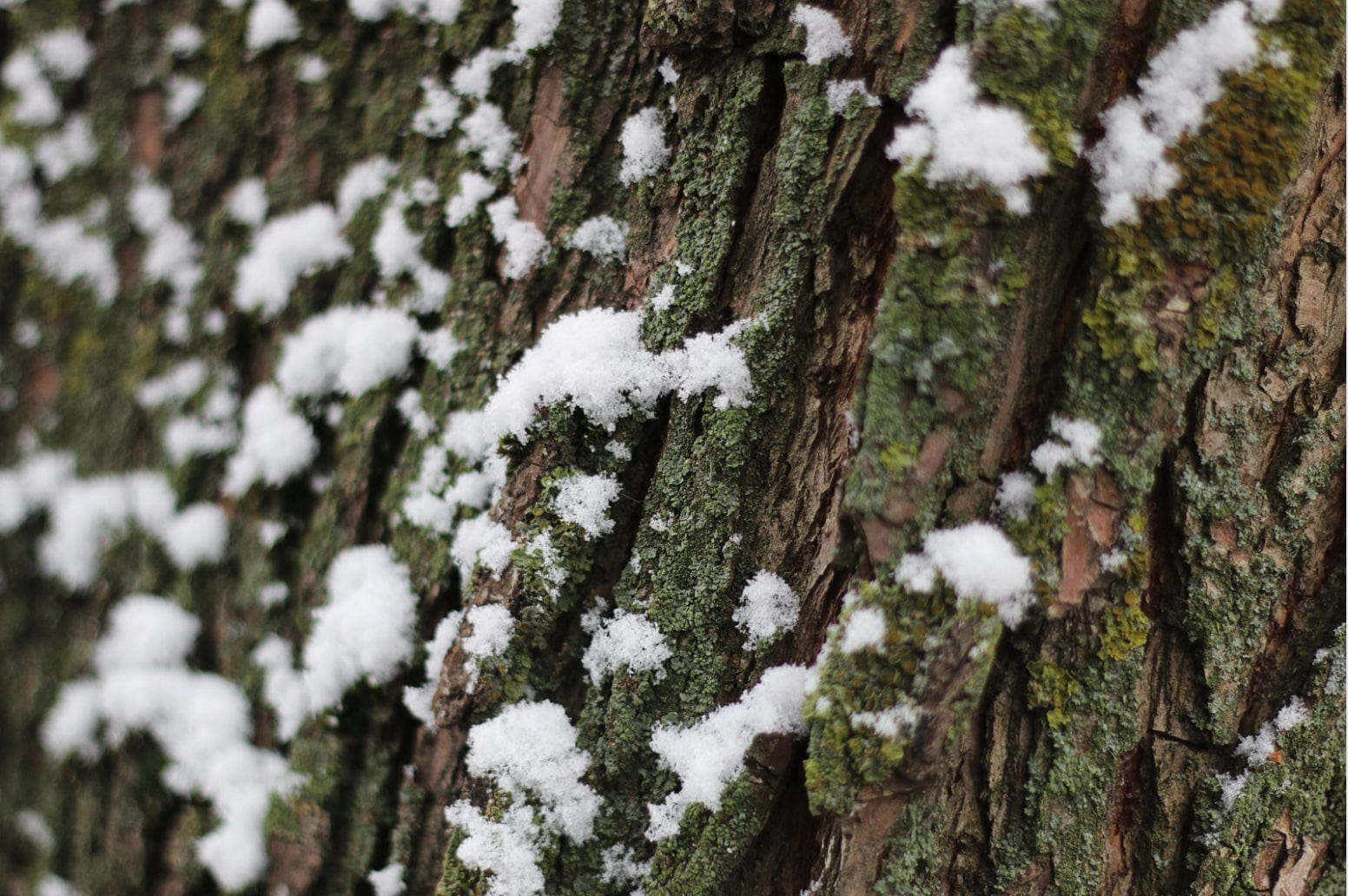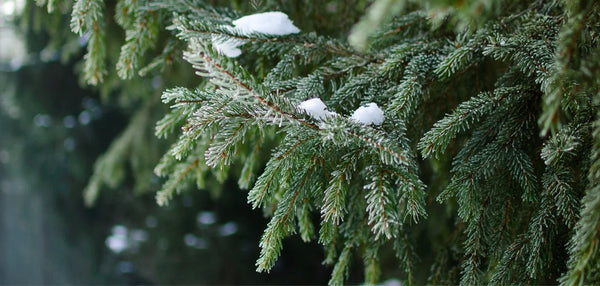
Get news, updates, & event Info delivered right to your inbox:
Trees Are Resilient –– Even In The Middle Of Winter
When all the leaves have fallen, and snow begins to drape itself over idle cars and blanket houses and driveways alike, trees remain tall. Even in the glistening of endless snow and dropping temperatures, trees are as resilient as ever, bracing for the cold.
We don’t often think about trees in the winter. In the fall, we marvel at the beautiful colors of autumn that trees provide us. In spring, they carry the first blooms of the season, and in summer, they are endless green. By winter, trees become heavy under snow, and we rarely spare them a second thought.
As we bundle ourselves up for the impending winter, it’s easy to wonder: how do trees survive in the winter? Even with the harsh temperatures and heavy snow, trees persevere. But how?
Let’s talk about how trees survive the winter!

Trees Respond Differently to Winter
In the autumn, deciduous trees begin transforming their leaves into rich reds, oranges, yellows, and even purples. As you may already know, this is in preparation for winter.
While these colors are truly stunning to behold, they really signify that chlorophyll is breaking down in the leaves, causing the green colors to fade away into those traditional autumn hues.
As time goes on, those leaves eventually fall, providing a range of environmental benefits, including a protective layer for insects, and infusing much-needed nutrients into the soil as they break down. But trees do this for another reason: to conserve energy and resources for the winter. Without their leaves, these deciduous trees expend less energy throughout harsh winters, allowing them to survive until the spring.
Without the leaves, these trees can reduce water loss, conserving moisture in their trunk and branches to keep from drying out.
Evergreen trees respond much differently to winter.
While deciduous trees include distinctive species such as oak, birch, and maple, evergreen trees are what many people think of when they think about holiday trees: conifers. From pine to spruce, many evergreen trees are considered traditional holiday trees –– especially for those who celebrate Christmas.
The reason these trees are viewed as holiday symbols is their ever-present greenery. Much like their name, evergreens stay green all year round. Instead of losing their leaves like deciduous trees, they retain their green needles –– only losing old and damaged needles. Unlike broad leaves, needles have much better water retention because of their small area surface and waxy outer coat.

Trees “Hibernate” In The Winter
Nature begins to slow down in the winter. In fact, many animals curl up and sleep until the dawn of spring arrives. Bears are among the most well-known animals that spend their winter hibernating. Many trees do the same.
There’s a peacefulness to nature in the winter. A restfulness. Nature spends half the year working hard to provide for ecosystems and people alike. While there are still many elements at work in nature during winter, there is a stillness that isn’t present during summer and spring. Even the trees get involved.
When temperatures drop and snow falls, trees begin slowing down. Deciduous trees, as we know, lose their leaves. Evergreen trees retain their needles, but they still begin to slow.
For trees, this is called dormancy.
Deciduous trees will send their most vital nutrients down to their roots, where they will be stored for the duration of winter. From there, these trees shut down photosynthesis entirely, essentially resting for the entire season.
Evergreen trees are still able to photosynthesize during the wintertime, but it can often be risky. If the ground is frozen, the lack of water could cause their needles to dry out and brown. Because of this, evergreen trees often slow down in the winter as well, but they don’t remain fully dormant like their deciduous counterparts.

Tree Bark Protects Them In The Winter
All trees have bark. Whether they are a deciduous or evergreen tree, they have bark. Trees and bark are synonymous –– no matter the kind of tree.
In the winter, bark serves as an important insulator for trees when harsh temperatures hit. Think of bark as the puffed winter coat you bring out when the temperature plummets. It helps insulate your body heat and keep you warm even on the coldest days. The bark does the same for trees.
Just beneath the bark of a tree, there is living tissue that is exceptionally vulnerable during the winter. Tree bark helps protect that tissue from a number of different threats, like antler rubbing, freezing, insects, and other damage.
Much like different styles of winter coats, tree bark comes in all kinds of different textures and densities. Depending on where a tree lives, its bark might reflect the needed texture and density to stay warm and safe in the wintertime. These different variations help trees reflect light and disperse heat where it’s needed, allowing the tree to tolerate the cooling temperatures.
All year round, trees remain resilient. They survive winters and harsh temperatures to provide nature with everything it needs. The next time you see a tree covered in snow, remember how it has adapted to survive winter.
This winter, you can make an impact by donating to plant trees! We can make an impact globally by helping ecosystems thrive, and by promoting biodiversity with each tree planted.
